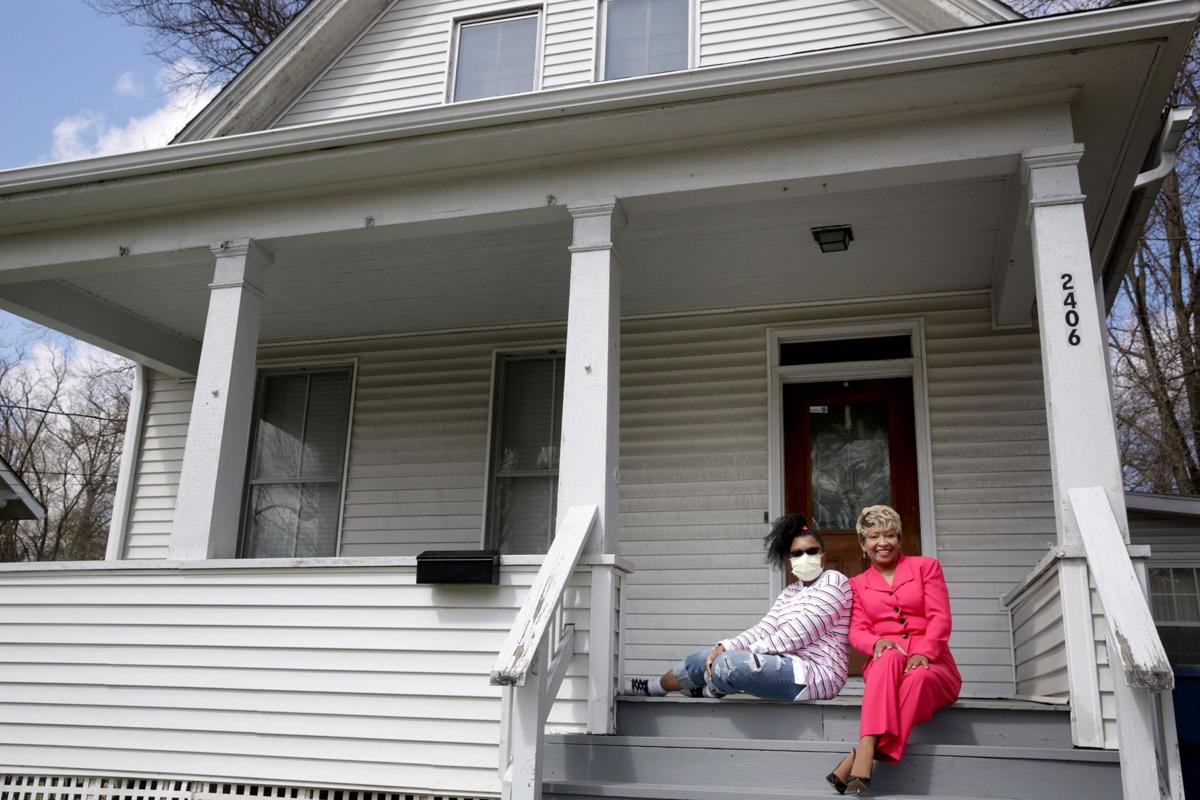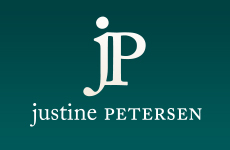From the St. Louis Post-Dispatch.
 Angela Relford, a retired teacher who has lived in Alton for over 30 years, poses outside her home in Alton with her granddaughter, Chamille Relford, 16, Friday, March 26, 2021. Angela has utilized a grant provided by the city of Alton to make improvements to her home including new heating and cooling, electrical, and kitchen upgrades. Photo by Hillary Levin, hlevin@post-dispatch.com
Angela Relford, a retired teacher who has lived in Alton for over 30 years, poses outside her home in Alton with her granddaughter, Chamille Relford, 16, Friday, March 26, 2021. Angela has utilized a grant provided by the city of Alton to make improvements to her home including new heating and cooling, electrical, and kitchen upgrades. Photo by Hillary Levin, hlevin@post-dispatch.com
ALTON — The home Angela Relford owns is more than 100 years old and came with wiring that was outdated and dangerous. The aging heating and air conditioning unit was unreliable, and her limited income as a retired middle school teacher was not enough to keep up with one repair cost
after another.
Relford has lived in Alton since the early 1980s and now raises her teenage granddaughter in her home in the city’s fifth ward in Upper Alton.
“Upgrading your home is very costly,” said Relford, who is 65. “You can imagine things need to be replaced and upgraded because of the age of the home.”
But Relford learned about a program offered by the city that allowed her to receive a forgivable loan of up to $10,000 for home repairs, which she says not only improved her two-story home but also her quality of life.
Alton is a city that struggles with maintaining a stable housing stock. Roughly half of the 26,000 people who live here rent rather than own, which tends to mean a more transitory population and less opportunity for commercial growth. And those who do own their homes can have trouble setting aside the money needed for repairs or renovations.
Part of the city’s solution is to offer forgivable loans for repairs and also for down payments to buy a home. The loan programs aren’t unusual, many other cities in Illinois and elsewhere offer them, but they’re particularly well-suited for a city like Alton where a high percentage of people rent. They also take on added significance in light of how the federal money set aside for such programs has diminished in recent years.
“We suffer from an (abundance) of renter-occupied properties and absentee landlords, so to stem that tide we wanted to make tools and resources available for homeowners so they could address their properties,” said Greg Caffey, the city’s director of planning and development. “Right now we’re right around 50 percent rental, which is significantly higher than county and state averages.”
Approximately 55% of Alton’s residences are owner occupied, according to city data. Madison County, meanwhile, had an owner occupancy rate of 71.4% from 2015 to 2019, according to U.S. Census numbers, with the state of Illinois hovering around 66%.
Alton lost about 6.2% of its population from 2010 to 2019, according to the U.S. Census, a similar loss rate to St. Louis. And about a quarter of the city’s population lives below the poverty line.
“We do have some homeowners who are on the verge of being underwater on their existing mortgages, or even when they’ve satisfied the mortgage the house is just too much for them to maintain, and at that point in time they will simply walk away from it,” Caffey said. “We do run into that issue. We do have banks that acquire properties for foreclosure (and) the bank is stuck with it, and they aren’t in the property management business so they don’t want it.”
In the meantime, police and courts are contending with an increase in violent crime connected to rental properties, Caffey said.
“One of the problems, especially in Alton where you have a significantly higher population of low- to moderate-income persons, you have landlords who do the bare minimum to meet property maintenance code and take advantage of those needy populations — people who desperately need housing,” Caffey said. “It’s essentially just a churn-and-burn method of turning tenants over, and it’s just not good for the long-term stability of a neighborhood, or for the tenants.”
Alton’s home rehabilitation program offers forgivable loans up to $10,000 for necessary repairs. The program just resumed in February after going on hiatus for six months during the pandemic, and the city hopes to accept new clients this summer. The Justine Petersen Housing Corp. handles the applications and selects recipients for the city, which helps because demand is always higher than available federal funding, Caffey said. As long as homeowners don’t sell their home for five years after receiving a loan, they don’t have to pay back a cent.
The money comes from community development block grants provided by the U.S. Department of Housing and Urban Development and they’re designed to benefit infrastructure, housing rehabilitation and economic growth. When accounting for inflation, funding for the grants has fallen by about 35 percent since 2010, according to the National Low Income Housing Coalition. Caffey said he doesn’t see Alton having the ability to expand the program anytime soon.
The city’s home ownership program gives buyers up to $3,000 for a down payment. Both programs are only available to low- to moderate-income residents.
“One of the biggest barriers to homeownership is trying to save for a down payment,” Caffey said. “So we can remove that barrier and that should lead to increased homeownership.”
Alton so far has helped 30 homeowners with repairs at a cost of $263,000. The home ownership program has had a greater impact — a total of $567,000 has been spent since 2013 to help 189 home buyers with their down payment.
“We measure success by the ability to address identified code deficiencies and life and safety issues,” Caffey said.
Once Relford was approved for a grant through the city, she had her house rewired and now her granddaughter can plug in her game console. The kitchen was redone — a wall knocked down, a new bar top built, granite countertops installed complete with a sink. A new railing was added to make it safer to climb the home’s front steps. And most crucially, Relford got a new heating and air conditioning system.
“My mouth is big when it comes to sharing great news,” Relford said. “If I benefitted, the next person can probably do better than me … I think it really motivates you to do better. I’m not going to leave dishes in that nice stainless steel sink.”
Part of the hope, Caffey said, is that having nicer-looking homes will encourage people to keep entire neighborhoods spick-and-span, although the grant program prioritizes repairs that will improve the safety of a home first.
“Homeownership is the anchor of good neighborhoods,” Caffey said.
“Obviously to have stable neighborhoods you need homeowners — people who have that sense of pride, that sense of ownership. They’ll take care of their properties, and that will incentivize rental property owners to take better care of their properties.”


